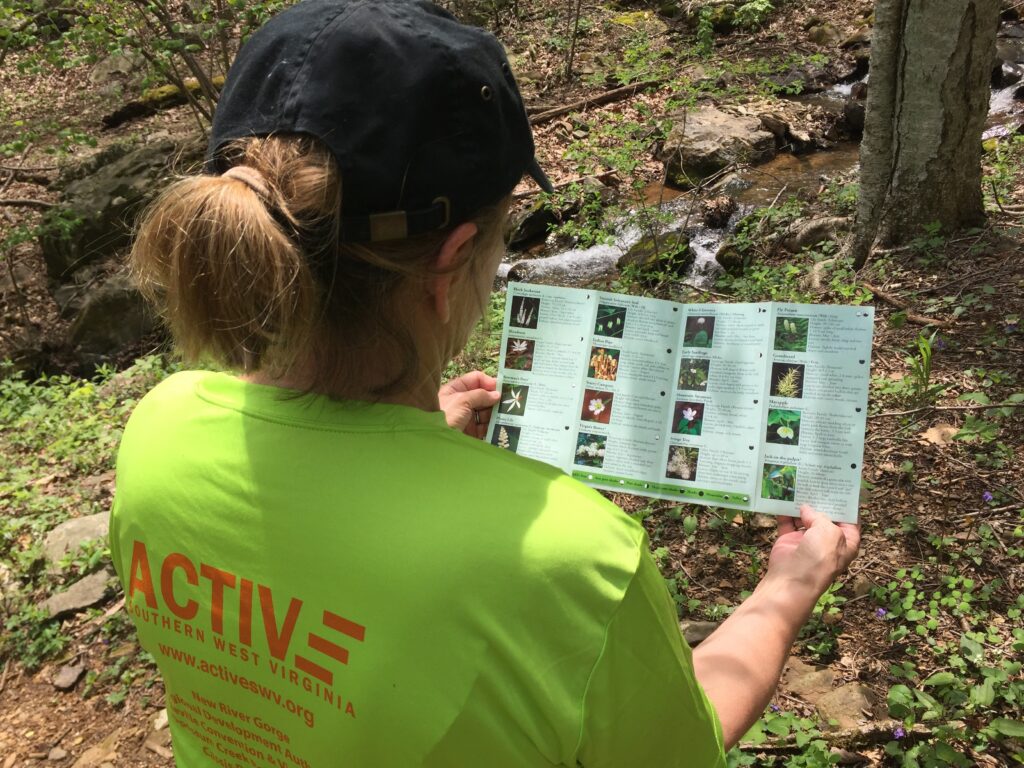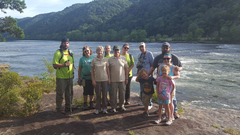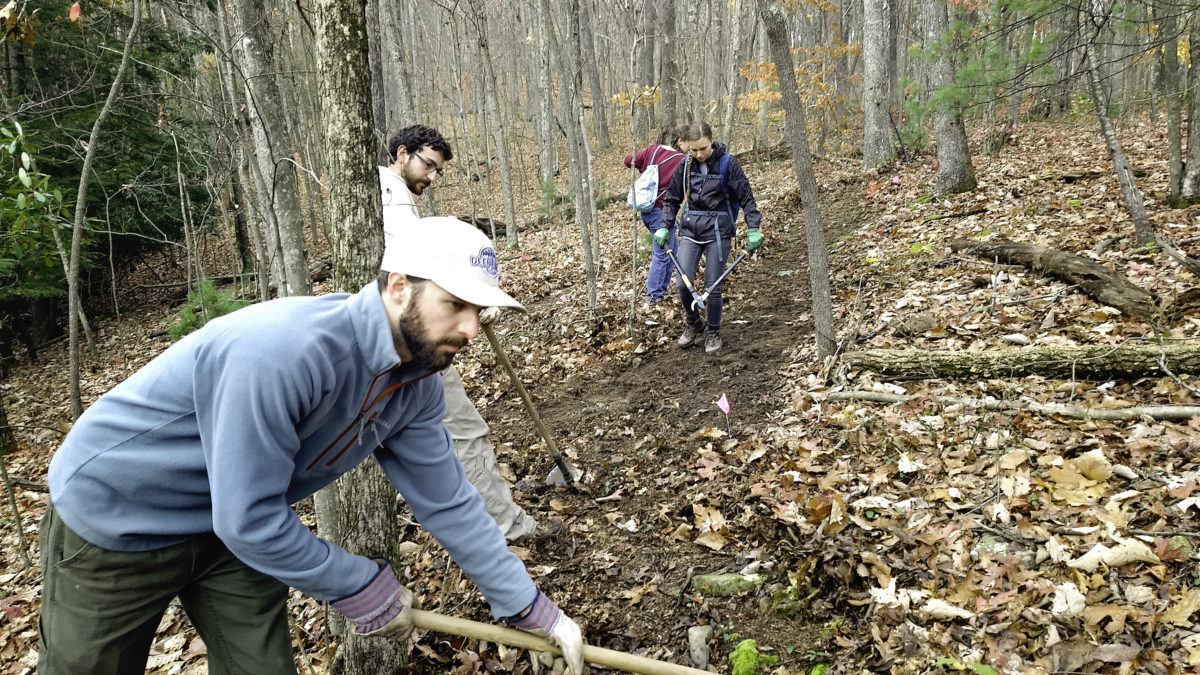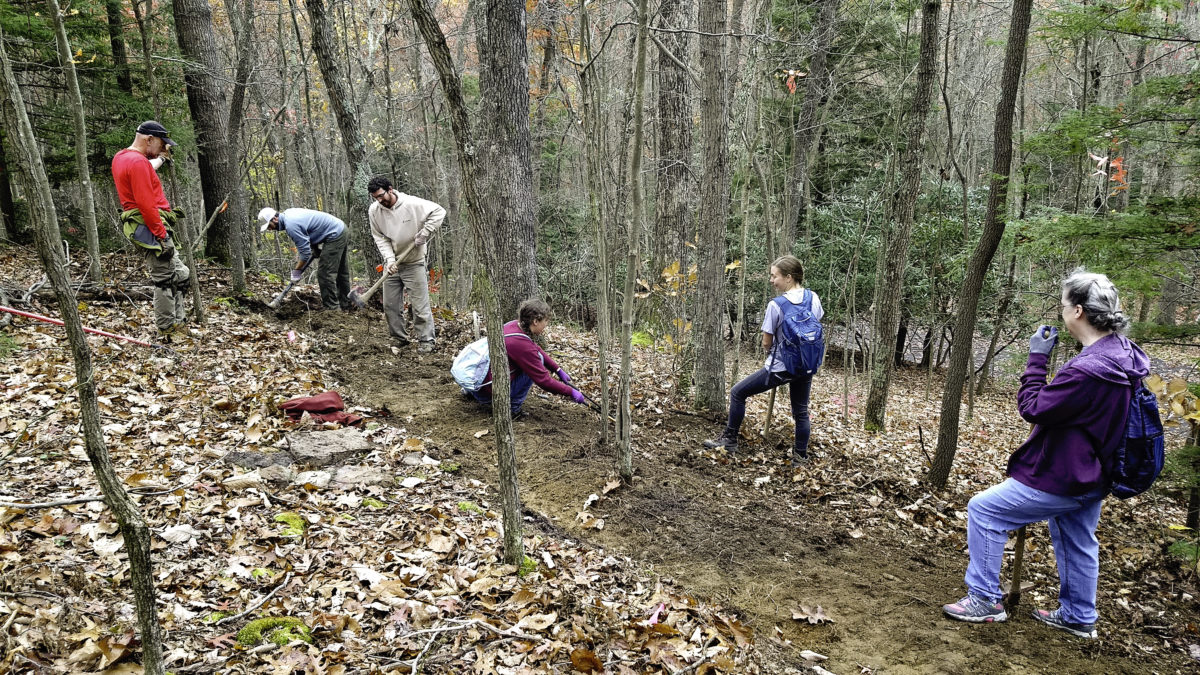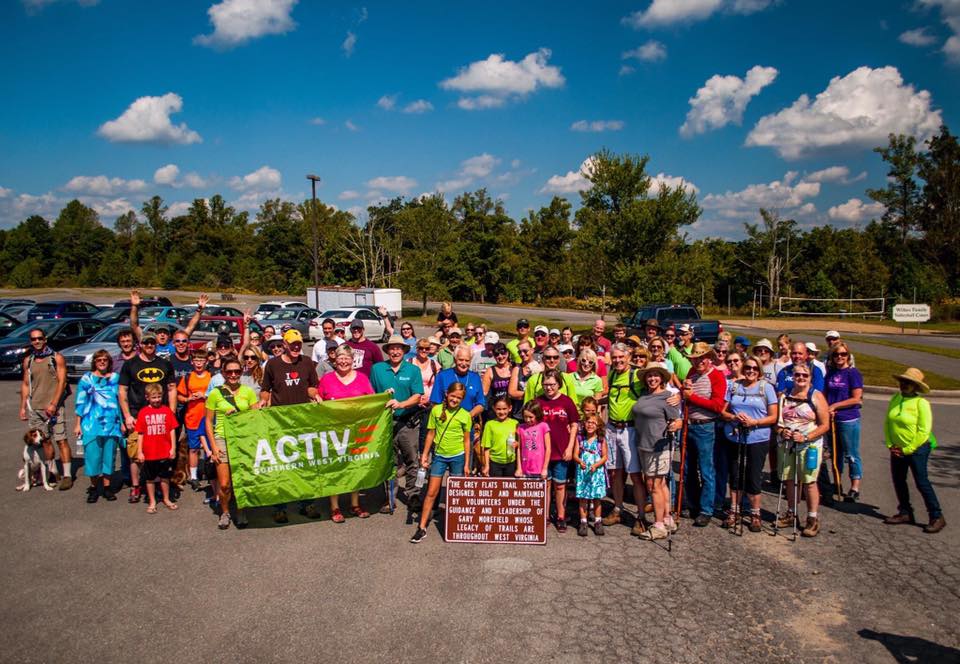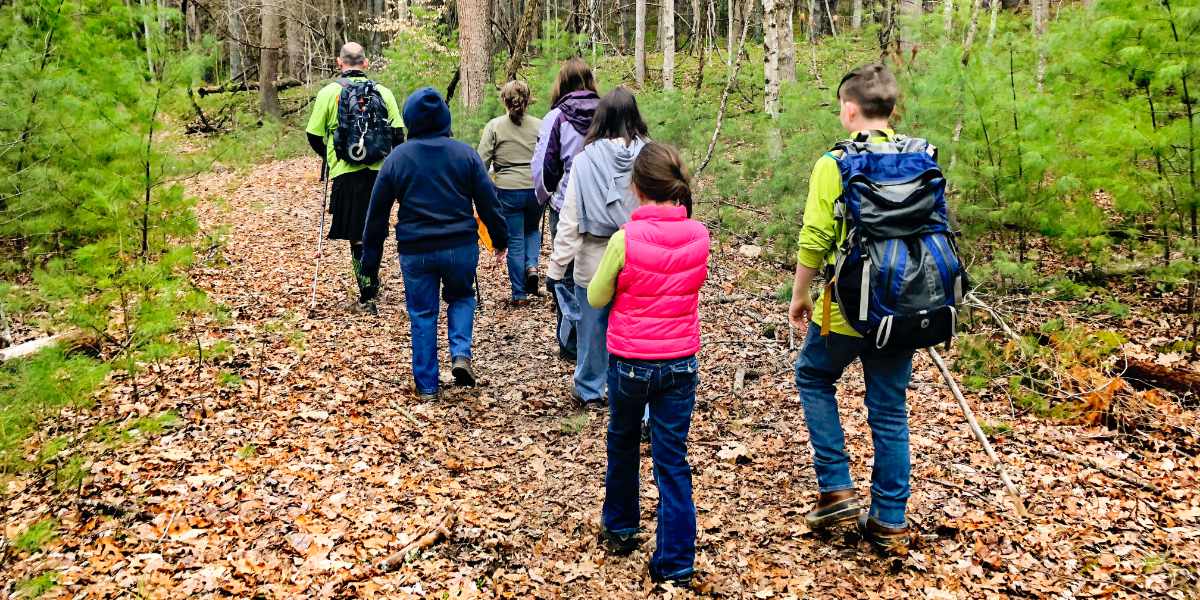This is a great time to join this partnership and be part of a large network of trail improvement and connectivity. There will be a lot to celebrate and many beautiful miles to explore. Contact Active SWV or the New River Trail Alliance today!
- |
- Donate
- List Item #1
- List Item #2
- List Item #3
- List Item #1
- List Item #2
- List Item #3

